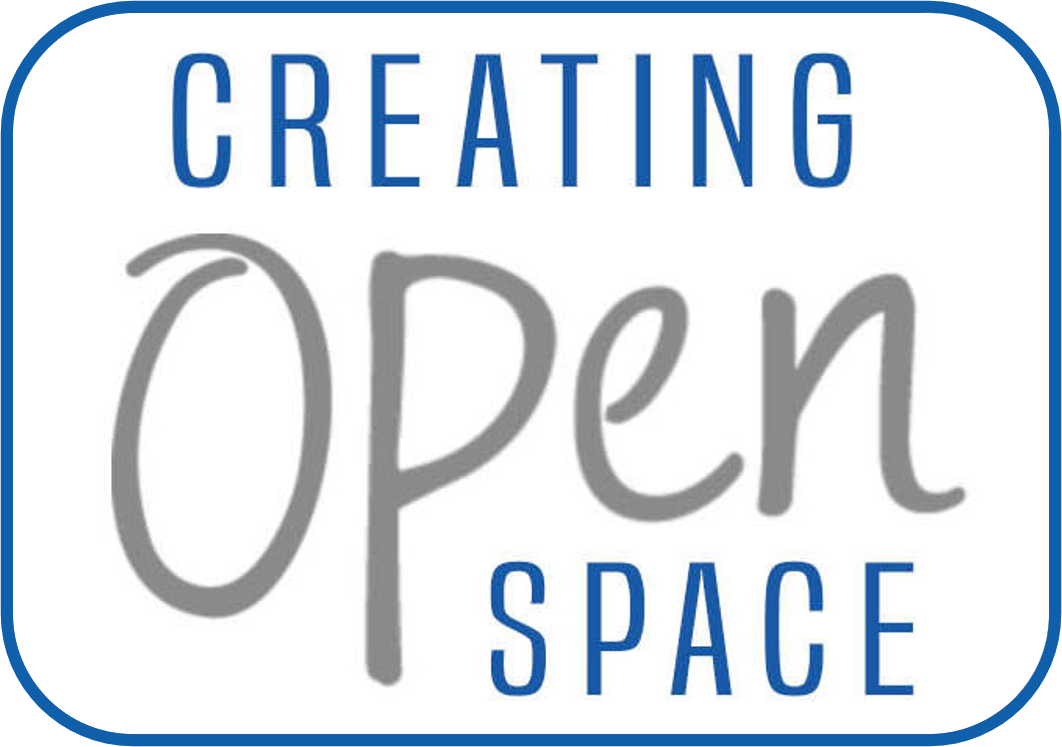Are You (Really?) Coaching?
The more I teach leaders to leverage coaching skills, the more I realize that many leaders have no idea what differentiates coaching from the conversations they’re already having with their team members. At the outset of leader-as-coach programs, about half of participants (by show of hands) say that they are currently coaching their people. After the kickoff session, that number drops dramatically - maybe one or two people will affirm that their conversations were indeed coaching conversations. It makes sense: learning to coach makes you realize how different coaching really is. So what is this thing we call coaching? How is it so different? And why are so many people around the world leveraging it? Coaching is engaging with your people in a way that empowers them to learn, grow, and ultimately perform at a higher level. Coaching has several key characteristics:
A Curious Mind
To coach, you need to delay judgment and get curious. Shift from what you know to what you wonder. Notice when assumptions and beliefs are presented as facts. Explore alternative explanations and root causes. Take a look at the scene below and note the differences between the “solving approach,” to which we’re all addicted, and the “coaching approach,” which requires a very different mindset:
Trust
When coaching, you must believe that your team member can come up with a great solution, and that their solution is better, in the long run, than your own. Speak to the trust you have in your team member, then follow through by focusing on their ideas and solutions rather than your own. When asked for advice, make it clear that your advice is limited to your own experience and perspective, which clearly isn’t the same as theirs. Notice how often you disguise solutions as questions, (e.g., see “solving approach” below), and also notice how easy it is to make it clear that your ideas are your own:
A Shift in Focus
When coaching, you must focus on your team member vs. their problem. This is typically the hardest shift for coaches to make! Say to yourself, “I genuinely believe that it’s best for this person to design the path they want to take. How can I support them without giving them an answer?” What might you share to encourage or challenge them? What might you ask to broaden their thinking? How can you be an accountability partner to them? Notice how solving often leads to taking ownership away from your team member, whereas the coaching approach insists upon helping the team member solve for themselves: These three core characteristics of coaching – curiosity, trust, and people-focus – are leveraged together to bring coaching to life. Coaching requires all three! So -- are you (really?) coaching? Find out! Click here for a quick assessment. Feedback provided!



